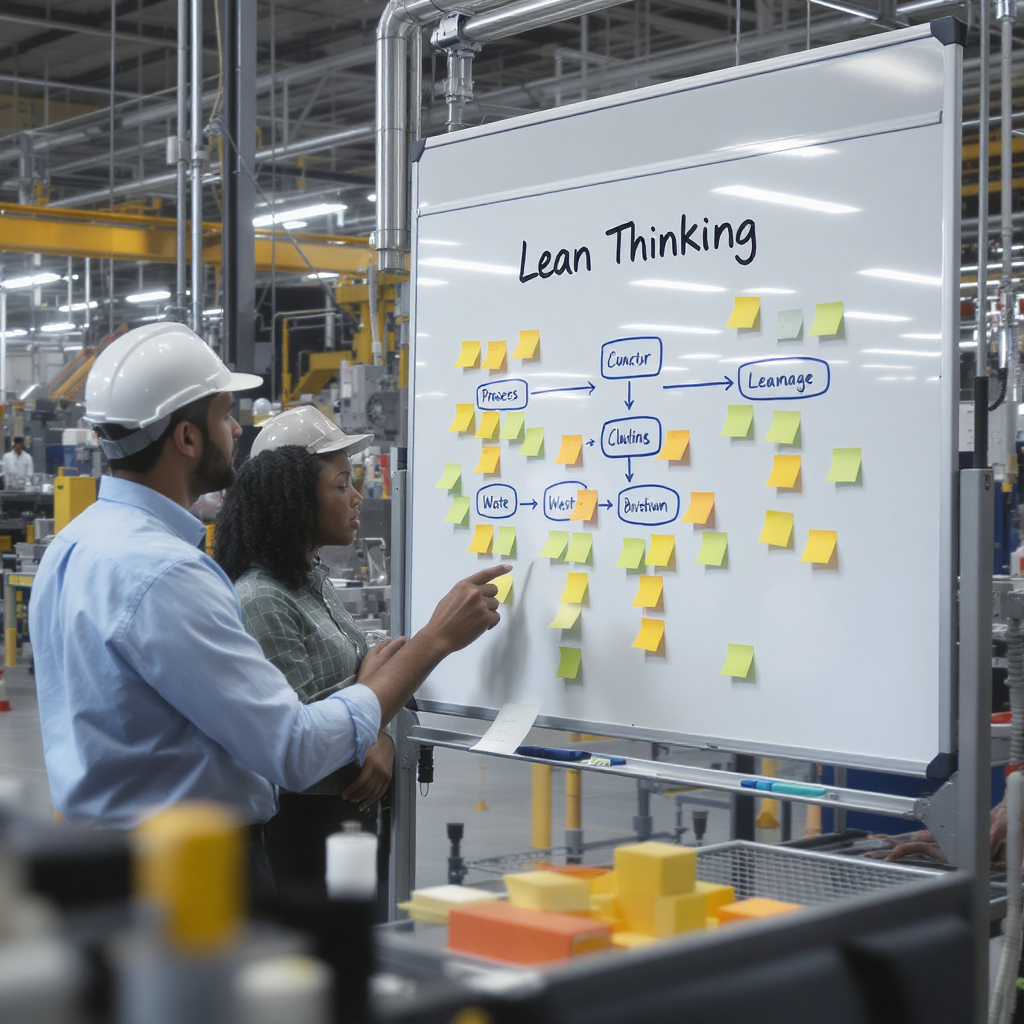In today’s rapidly changing world, many organisations and professionals are seeking to achieve operational excellence, critical thinking, and responsible innovation. Grounded in proven methods like Lean thinking and Six Sigma, our platform values both the discipline of tradition and the need for transformative thinking. Lean helps teams eliminate waste and boost efficiency, while Six Sigma offers precision and defect reduction—together building cultures of problem-solving and customer focus.
But modern business improvement demands more than established techniques. Disruption, globalisation, and technologies like artificial intelligence require adaptability and innovation. On this site, we try to bridge the gap between tried-and-tested methodologies and the creative opportunities offered by critical thinking and advanced digital tools.
This site is primarly the thoughts of Finbarr Sheehy, who has spent over 30 years working in the areas of business improvement, strategy, education, and strategy. Incorporating today’s world of Artificial Intelligence, we aim to encourage critical thinking and responsible AI adoption, emphasising ethics and human judgment. Join us as we blend the wisdom of tradition with emerging possibilities to help individuals and organisations achieve sustainable, world-class performance.



The Role of Digital Transformation in Business Excellence
Digital transformation refers to the integration of digital technologies into all areas of business operations, fundamentally changing how organizations deliver value, operate internally, and interact with customers. When thoughtfully combined with the principles of Lean Thinking and Six Sigma, digital transformation has the potential to drive significant, measurable improvements in efficiency, quality, and customer satisfaction. Lean Thinking focuses on maximizing value while minimizing waste, striving for continuous improvement and streamlined workflows. Six Sigma, on the other hand, uses statistical methods to reduce process variation and systematically eliminate defects. Digital tools such as automation, real-time analytics, and cloud computing enable the rapid collection and analysis of data, facilitating faster and more effective decision-making. By leveraging these technologies, organizations can visualize process bottlenecks, monitor key metrics in real time, and implement Lean techniques like value stream mapping with a new level of accuracy and agility. Similarly, digital transformation accelerates Six Sigma initiatives by making it easier to gather accurate, comprehensive data sets and apply advanced analytics, such as machine learning, for root cause analysis and predictive process optimization. The synergy between digital technologies and these established methodologies creates a culture where experimentation, measurement, and fast iteration are the norm. Teams can respond to changes in demand or customer expectation much more rapidly, while simultaneously reducing error rates and operational costs. Furthermore, digital platforms facilitate cross-functional collaboration, breaking down traditional silos that often impede process improvements. The combined approach also supports continuous learning and adaptation, as feedback loops become faster and more actionable, ensuring that improvements are sustained over time. Ultimately, integrating digital transformation with Lean and Six Sigma equips organizations to thrive in dynamic environments by fostering resilience, agility, and a relentless focus on value creation for both customers and stakeholders.
Recent Posts
- How Can Colleges Assess Critical Thinking in a World Where Students Have Unlimited Access to AI Tools?
- Are there many truly sustainable companies and products in existence today?
- The Role of AI in Developing Critical Thinking
- What is Digital Lean?
- How Lean Thinking needs to be revised to adapt to the challenges of today
